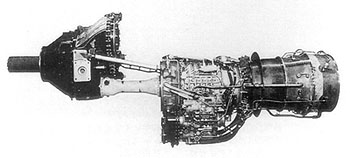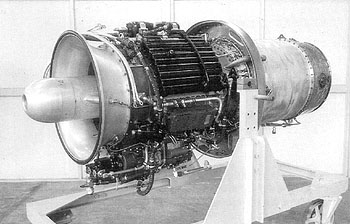|
|
|
Kawasaki P-2J

 |
A pair of GE T64-IHI-10 turboprop engines, driving Sumitomo Precision 63E60-19 three-bladed, variable-pitch propellers, would supply main power. The change would require completely redesigned engine nacelles that in turn required a switch to dual main wheels of smaller diameter. |
| Two Ishikawajima J3-IHI-7C turbojets rated at 3,085 pounds of static thrust would augment the main power plants. The new power plant installation increased the Neptune's top speed to 403 mph, plus the turbo variant offered an increase in fuel capacity. Compared with the P-2H, the P2V-7 Kai's empty weight was reduced by 10,000 pounds. |
 |